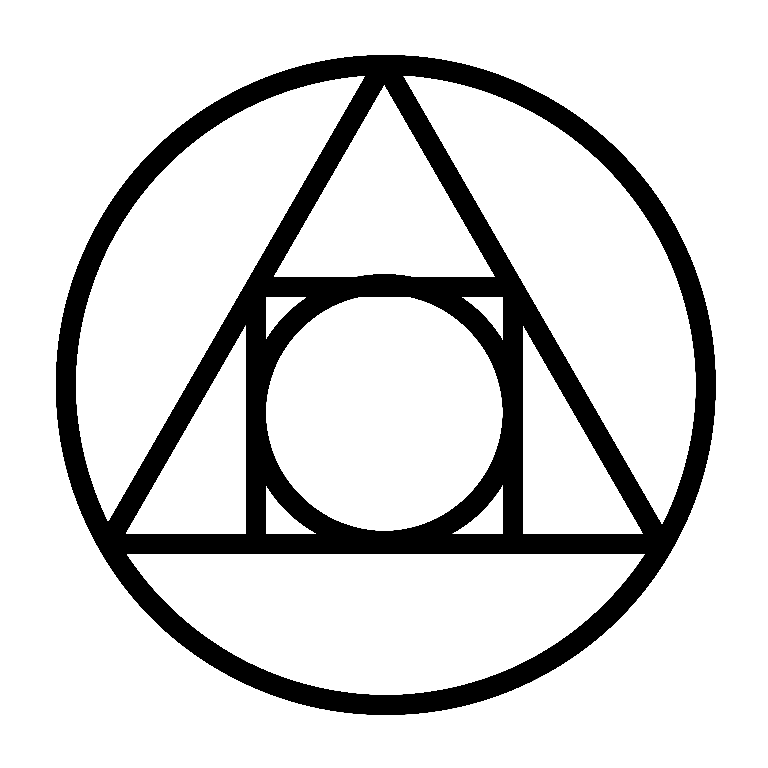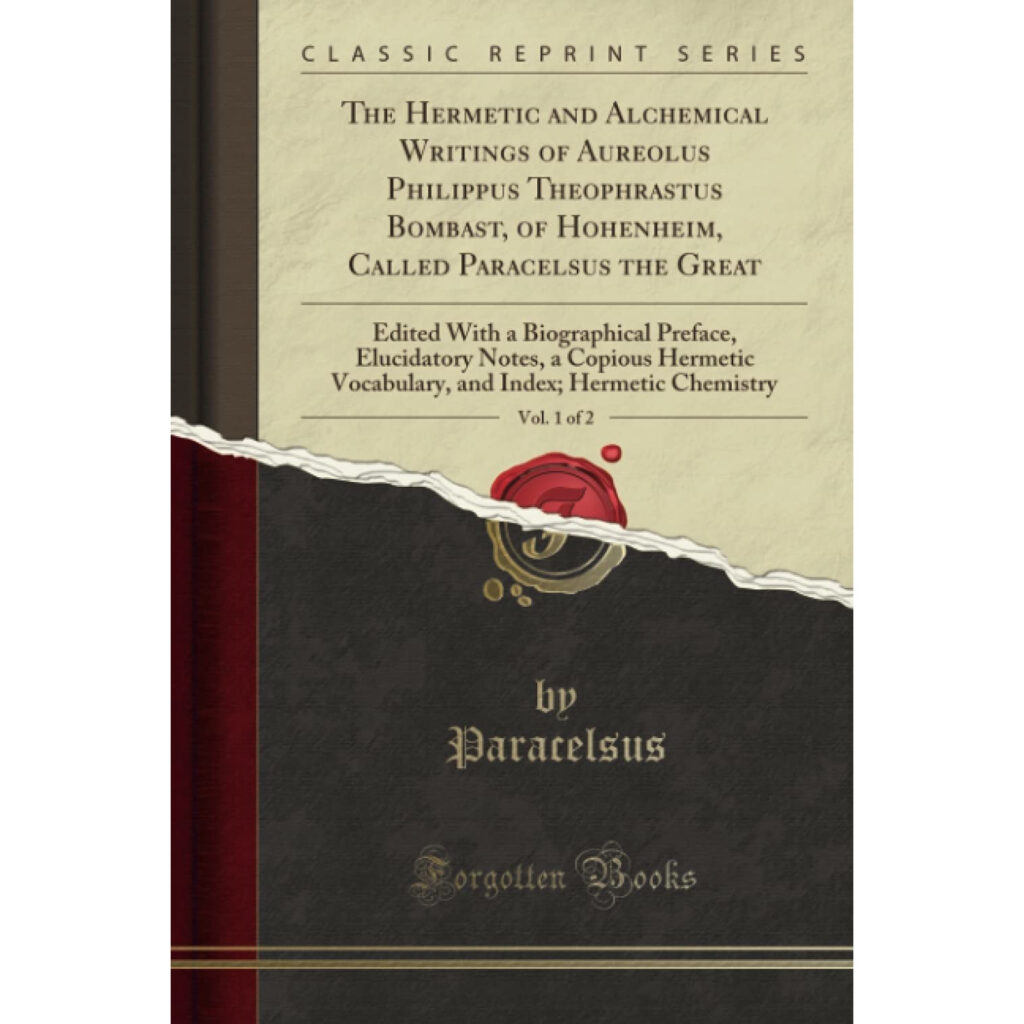Review — The Hermetic and Alchemical Writings of Paracelsus, Vol. I of II (Arthur Edward Waite, 1894)
Arthur Edward Waite’s 1894 translation of The Hermetic and Alchemical Writings of Paracelsus, Volume I is best understood as an ambitious attempt to render accessible in English the labyrinthine corpus of Paracelsus’s “chemical” texts. Where the companion Volume II focuses on hermetic medicine and philosophy, this first installment centers on the raw alchemical foundation: the metals, their occult signatures, their gradations and transformations, and the wider cosmology in which they are embedded. Waite, using the 1658 Geneva folio as his base, deliberately presents the material without harsh editorial judgment, prefacing the text with only a short biographical introduction and a defense against both the hagiographic mystics who exalt Paracelsus as a divine adept and the skeptics who dismiss him as a charlatan. He positions this edition as the first “faithful” English version, attempting to lay out the entirety of Paracelsus’s alchemical thought rather than a selective digest.
The contents of Volume I begin with the Caelum Philosophorum, or Book of Vexations, where Paracelsus structures his exposition through the “Seven Canons” on the metals—Mercury, Jupiter, Mars, Venus, Saturn, Luna, and Sol. Each Canon is not merely a chemical description but a metaphysical profile, weaving together the physical traits of the metal with their spiritual potency. This blend of natural philosophy and mystical speculation continues in the Book concerning the Tincture of the Philosophers, a polemical work aimed at sophists. Here Paracelsus lays out the true definition of arcanum and quintessence, contrasts his own methods against those of the ancients, and argues for a more direct and compendious path toward the tincture. The text moves beyond technical recipes into broad philosophical claims: that alchemy is not merely about gold-making but about the renovation of man himself through contact with perfected matter.
Further treatises expand this foundation. The Gradations of Metals and Treasure of Treasures for Alchemists catalogue the properties of cinnabar, the “Red Lion,” and the “Green Lion,” alongside a series of “cements” for transmutation. In Aurora of the Philosophers, sometimes called Paracelsus’s Monarchia, the narrative swells into a sweeping historical and cosmological survey: the inheritance of Greek wisdom from the Egyptians, the doctrines of Chaldean magi, and the elusive search for the Stone in minerals, animals, and plants. It is here that Paracelsus outlines the proper matter of the Stone, with arsenic, vitriol, and antimony treated as privileged materia. The text Concerning the Spirits of the Planets reads as a hybrid between operative instructions and mythological exegesis, describing the tinctures of Sol, Luna, Venus, Mars, Jupiter, Saturn, and Mercury, as well as their “conjunctions” and the symbolic marriage of male and female principles. This interplay of cosmic myth and laboratory instruction epitomizes Paracelsus’s hermetic vision.
Waite’s collection also includes the Economy of Minerals, a genealogy of mineral generations and their salts, vitriols, and sulphurs, which edges toward a natural history of the earth’s interior. The expansive Concerning the Nature of Things, spread across nine books, attempts nothing less than a hermetic cosmology: how natural objects are generated, preserved, live, die, are resuscitated, transmuted, and separated, culminating in reflections on the astral signatures of things. Finally, the Philosophy of the Elements elaborates on Air, Fire, Earth, and Water, linking meteorological phenomena with alchemical processes, showing how the macrocosm’s rhythms underwrite the microcosm of laboratory practice.
The appendices add further richness: short treatises on minerals, salts, sulphur, and mercuries; the De Transmutationibus Metallorum with its spagyric uterus and Phoenix allegory; the Vatican manuscript’s catechism of alchemy; and the enigmatic “Manual of Paracelsus,” which collects dozens of operations for Sol and Luna, oils, cements, and elixirs. While some of these works are of disputed authorship, Waite declines to exclude them, preferring to present the whole tradition as it was received.
As a text, Volume I is invaluable not because it offers reproducible laboratory recipes, but because it reveals how Paracelsus reconceived alchemy itself. For him, the “art of separation” is not a narrow metallurgical trick but a universal law: to burn away what is gross and reveal the subtle essence latent in all things. The Stone, in this vision, is less about minting gold than about uncovering incorruptible virtue in metals, in minerals, in the human body, and in creation itself. Fire is not only the operative principle of the laboratory but the metaphysical force that perfects. Alchemy becomes at once experimental and spiritual, an art that unites the physical and the divine.
Waite’s edition has enduring strengths. It gathers a vast and scattered body of texts into a coherent whole, provides an English entry point for scholars, and structures the material so that a reader can move from metals to cosmology with a sense of progression. Its limitations are equally clear: Waite makes little effort to separate genuine Paracelsian works from spurious ones, and his Victorian diction sometimes domesticates the rough, eccentric, or visionary tone of the original. Still, for those seeking a window into the sixteenth-century fusion of laboratory practice, metaphysical speculation, and medical ambition, this volume is indispensable. If Volume II shows Paracelsus the physician-philosopher, Volume I reveals him as the radical alchemist who sought to redefine nature itself.

